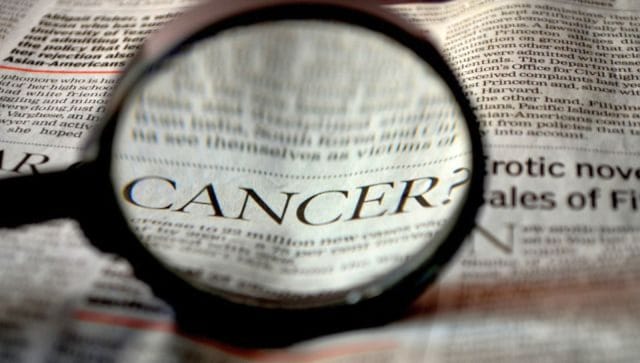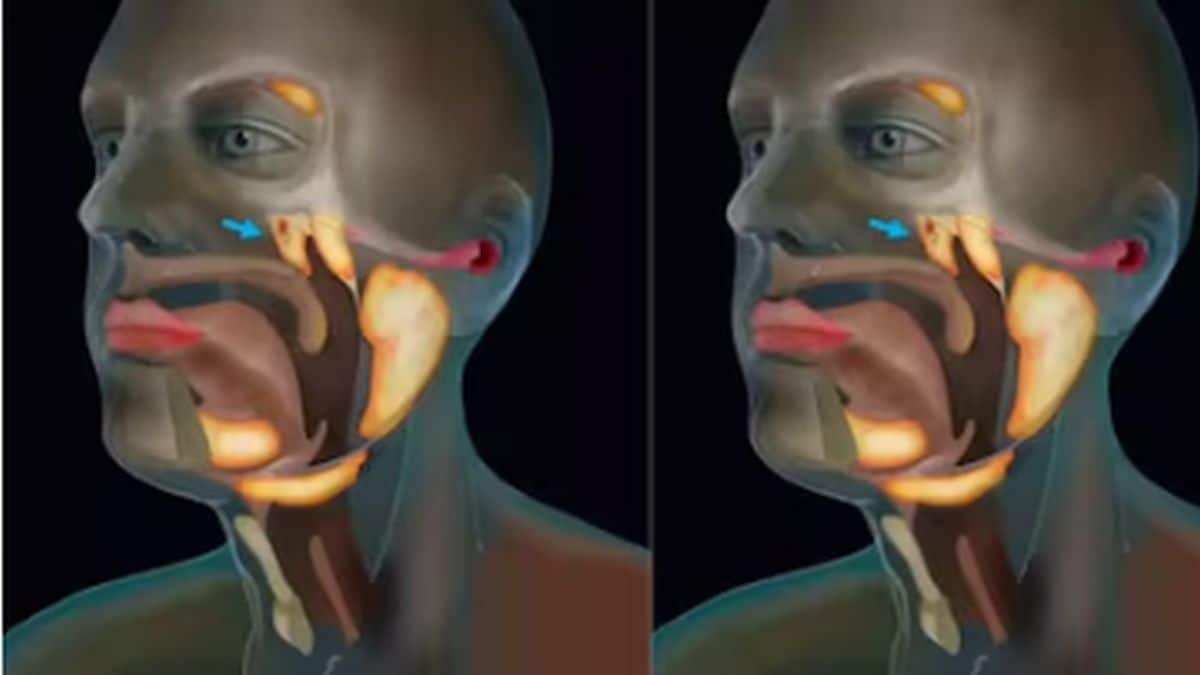An adolescent and young adult (AYA) with cancer is someone who is 15 to 39 years of age at the time of initial cancer diagnosis. Epidemiology: 1.2 million cancer cases and 4,00000 deaths were recorded in the 15- to 39-year age group globally in 2018 as per GLOBOCAN data. As per National Cancer Registry Programme of India the Incidence of new cancer cases in this age group per 1 lac population was 22.2 among males and 29.2 among females.These figures are comparable with developed countries like the United states. Most common cancers among the age groups 15–19 and 20–24 were leukemias and lymphomas. Breast, thyroid, mouth and tongue cancers were the most common among people aged 30 to 39. In 2025, the projected number of cancer cases in both genders is expected to rise to 178,617. Brain and other nervous system cancers, testicular germ cell tumours (GCTs), and skin melanoma are also common cancer sites. Cancer and its treatment can cause significant disruptions in school and career, as well as changes in functioning and appearance, leading to additional challenges in resuming daily-life activities in this age group. Fertility issues, sexual dysfunction, and body image issues, particularly among women, are common among AYA cancer survivors. Risk factors
- Hematolymphoid malignancies: Most cases are thought to be due to random cell mutations without an external
(eg, BRCA1/BRCA2) or certain other genetic syndromes.
- Breast cancer: The risk of developing the disease at a young age is higher in women with a family history of the disease, particularly in relatives under the age of 50, and in those with heritable mutations in cancer susceptibility genes.
- Colorectal Cancers: A family history of young-onset diagnosis and certain hereditary
- Lymphomas, including both Hodgkin and non-Hodgkin lymphomas (for example, Burkitt lymphoma), include prior Epstein-Barr virus (EBV) infection as well as immunocompromising conditions such as HIV infection and immunosuppression after organ transplantation.
- Melanoma and other skin cancers appear to occur in adolescents as a result of genetic interactions with childhood ultraviolet light exposure. Indoor tanning is especially important for AYAs because people who start using it before the age of 35 have a 60% higher risk of developing melanoma, and the risk increases with duration and intensity of use.
- Thyroid Cancers: Although the increase in its incidence rate has been attributed to increased detection, it is increasingly recognized that there may be a true rise in the burden of advanced-stage papillary thyroid
- Cervical cancer is the second leading cause of death in women aged 30 to 39 years, as well as in AYA women overall. All cases of cervical cancer are caused by persistent human papillomavirus infection, though susceptibility may be increased by cigarette smoking and immunocompromising factors.
- Other Reasons: may be associated with obesity and changes in dietary factors; Lack of physical activity; Exposure to ionizing radiation; etc
- Genetic syndromes associated with high carcinogenesis: Down syndrome, Li- Fraumeni syndrome, Beckwith-Wiedemann
- Tobacco Consumption: is quite high among this age group. According to the National NCD Monitoring Survey (2017–18), over half (50.8%) of adults between 18 and 44 years reported tobacco use in any form . The mean age of initiation of any form of tobacco use in adults was 21.1 years. This includes both non smoking[Tobacco, Khaini, pan masala] and smoking[ Cigarettes, Vaping]
Signs and symptoms: Symptoms are typically nonspecific and shared by common childhood conditions, making timely diagnosis difficult. Parents or other carers should ensure regular medical checkups and be on the lookout for unusual and/or persistent symptoms such as an unusual mass or swelling; unexplained paleness or loss of energy; a sudden increase in the tendency to bruise or bleed; persistent, localised pain or limping; prolonged, unexplained fever or illness; frequent headaches, frequently accompanied by vomiting; sudden eye or vision changes; and rapid weight loss. Prevention and screening
- Awareness of the possibility that there is a high risk of cancers among children and adolescents is the key. All caregivers including parents, teachers and Primary health care providers should be sensitized. The identification of unusual signs and symptoms and prompt initiation of medical care will lead to early diagnosis and
- Prevention: The goal of prevention is to reduce or eliminate exposure to cancer- causing Some examples include:
- Effective tobacco control measures & reduction of tobacco usage among youngsters
- Promotion of healthy & balanced diet & increase in physical activity at school level
- Vaccinations against cancer causing pathogens should be initiated and adopted in immunization programs. The examples for these are Hepatitis B and HPV
- Avoidance of excess sun exposure and indoor tanning; adoption of sun safe practices including use of sunscreens with a SPF higher than
- Screening and early detection: The goal is to diagnose cancer at the earliest possible stage using simple tests. Cancers of the mouth, tongue, breast, and cervix can be detected early using screening tests that are already available.
- Cancer in the Family: In certain syndromic cancers such as Breast, Colon, Uterus, and Ovary, the presence of a young relative with cancer should increase the risk.
The author is Consultant - Radiation and Clinical Oncology, Ruby Hall Clinic. Views expressed are personal. Read all the Latest News , Trending News , Cricket News , Bollywood News , India News and Entertainment News here. Follow us on Facebook, Twitter and Instagram.


)

)
)
)
)
)
)
)
)



